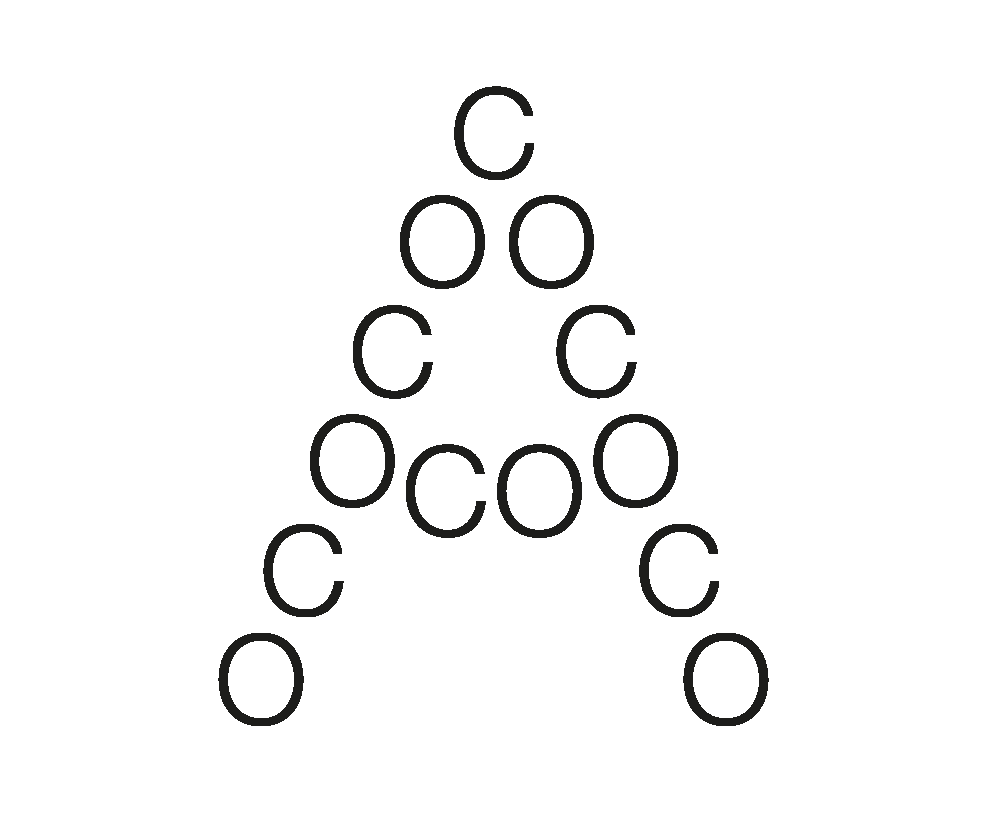agenFaced with the growing desire of some citizens to take part in the processes transforming the city, the Catalan Association of Architects, through the Plan Impulsa “Programme for Improving Competitiveness”, hosted a Conference on the active role of architects in participatory processes and the tools needed to make real participation possible, suitable and useful.
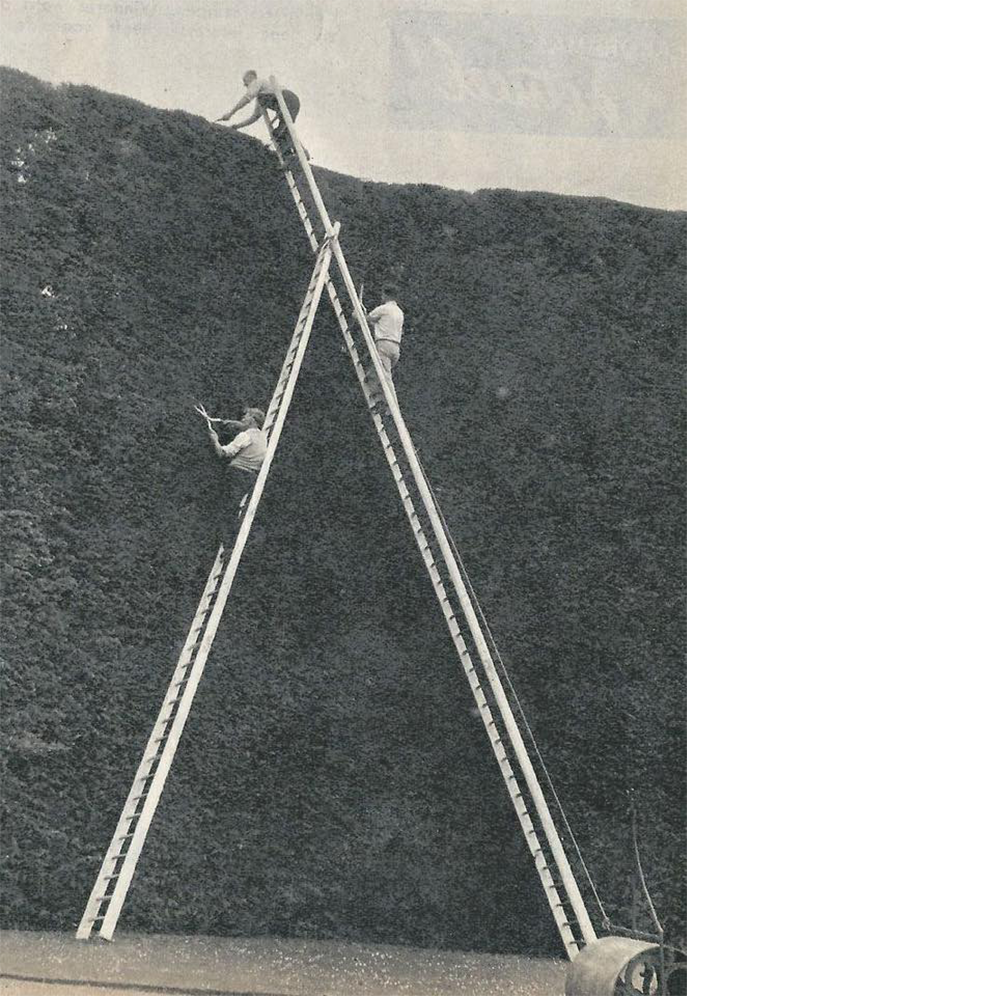
Poda col·lectiva de la Gran Muralla Verda, una tanca de teix de 36 peus d’altura al voltant d’Oakley Hall, plantada el 1720 pel primer comte de Bathurst. Prop de Cirencester, Anglaterra, 14 d’agost de 1962. / Font: imgur.com/gKV1tul
The seminars are aimed at both architects and citizens who are part of specific participatory processes or who, given their professional role in government, need to integrate participation processes into their work serving residents. They provide training with tools and methodologies for citizen participation; define appropriate conditions for carrying out citizen participation processes; promote a useful role for architects in citizen participation projects and processes; and share knowledge and coordinate initiatives.
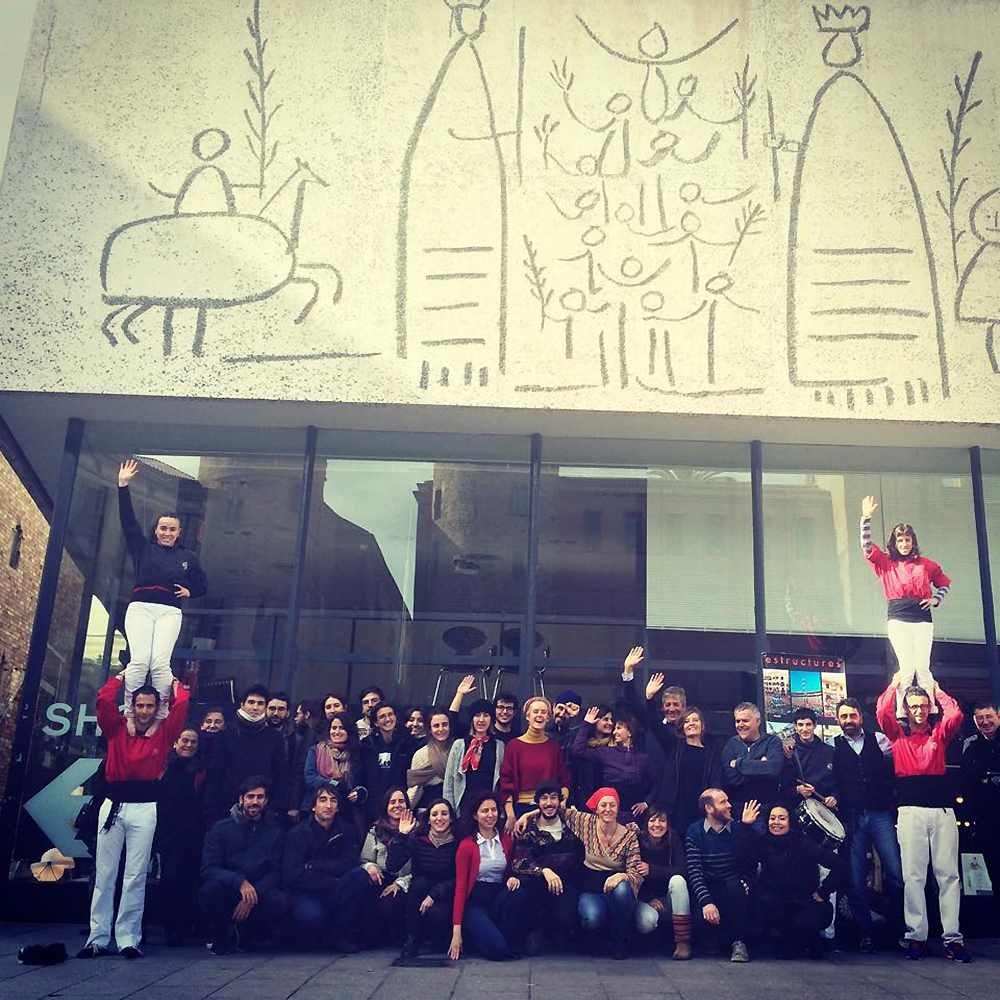
Taller de construcció de castells amb Álvaro Solache.
The conference was based on three starting points. Firstly, recognising and providing context for an emerging social reality: the demand and growing desire citizens have to be part of the processes of transforming the city. The normal forms of urban and architectural design are based on a framework of interests that excludes most of the stakeholders involved and/or affected by the transformation, mainly residents and those who use the spaces. The goal of participatory processes is to include these agents in the process of urban planning and architectural design for the space.
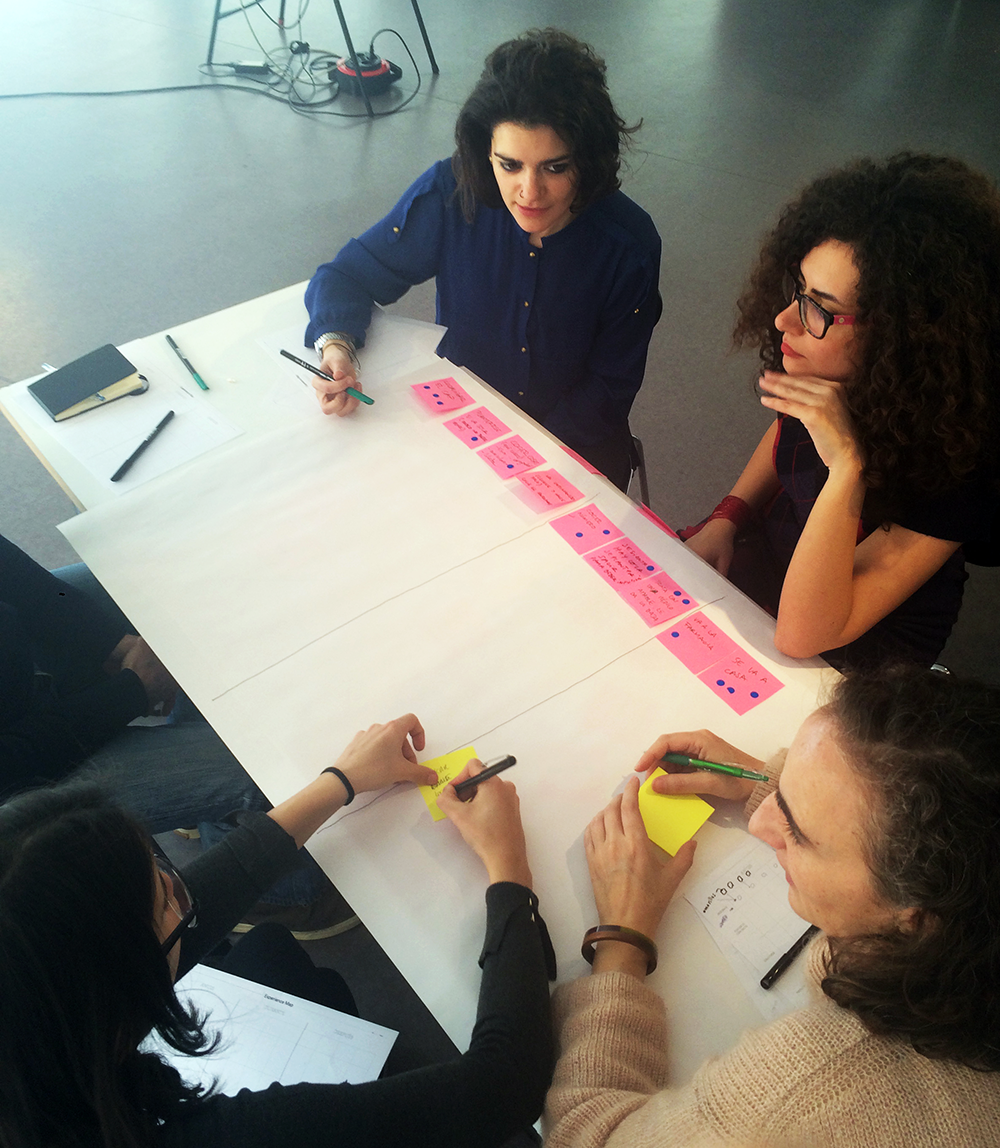
Taller ‘Mapes d’Experiència’ a càrrec d’Ariel Guersenzvaig.
Secondly, recognising values of collective intelligence when carrying out a project and looking for mechanisms to make co-creation possible. Participatory design consists in finding inclusive ways to bring the various players involved in an urban development or architectural project together through a co-creation process. These projects are structured around an adaptive, organic format, making them a collaborative, creative, open process that gives decision-making power back to local agents and experts.
Finally, recognising gaps in the current conditions for citizen participation.
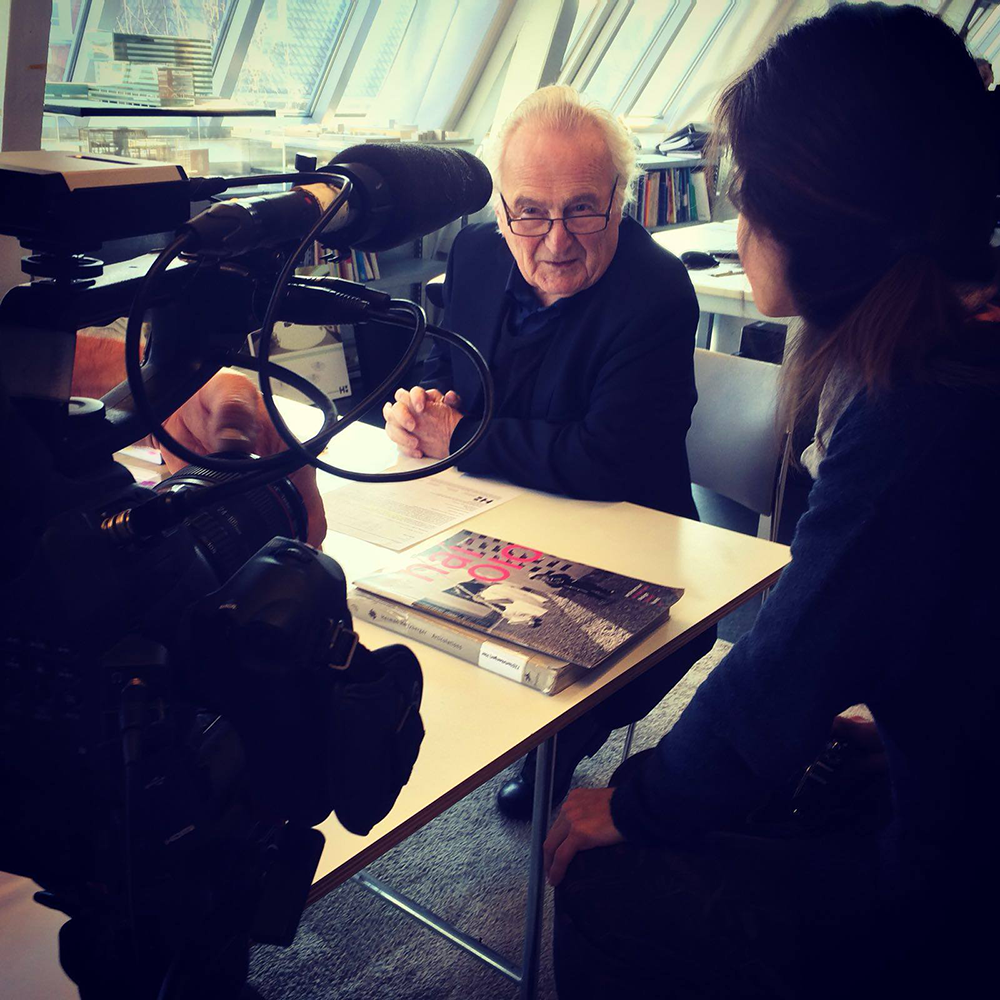
Entrevista a Herman Hertzberger per al documental Thoughts on Participation.


